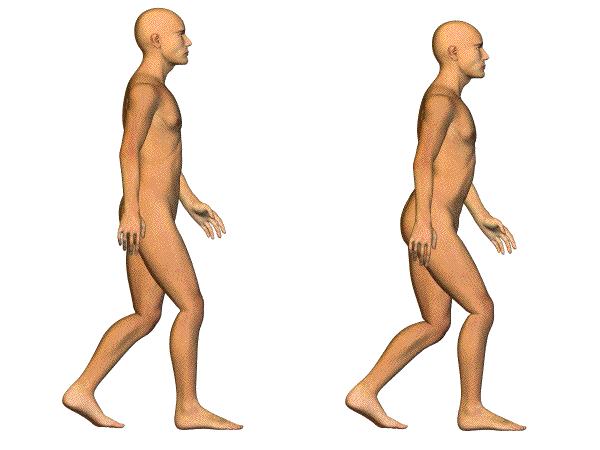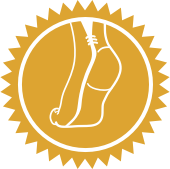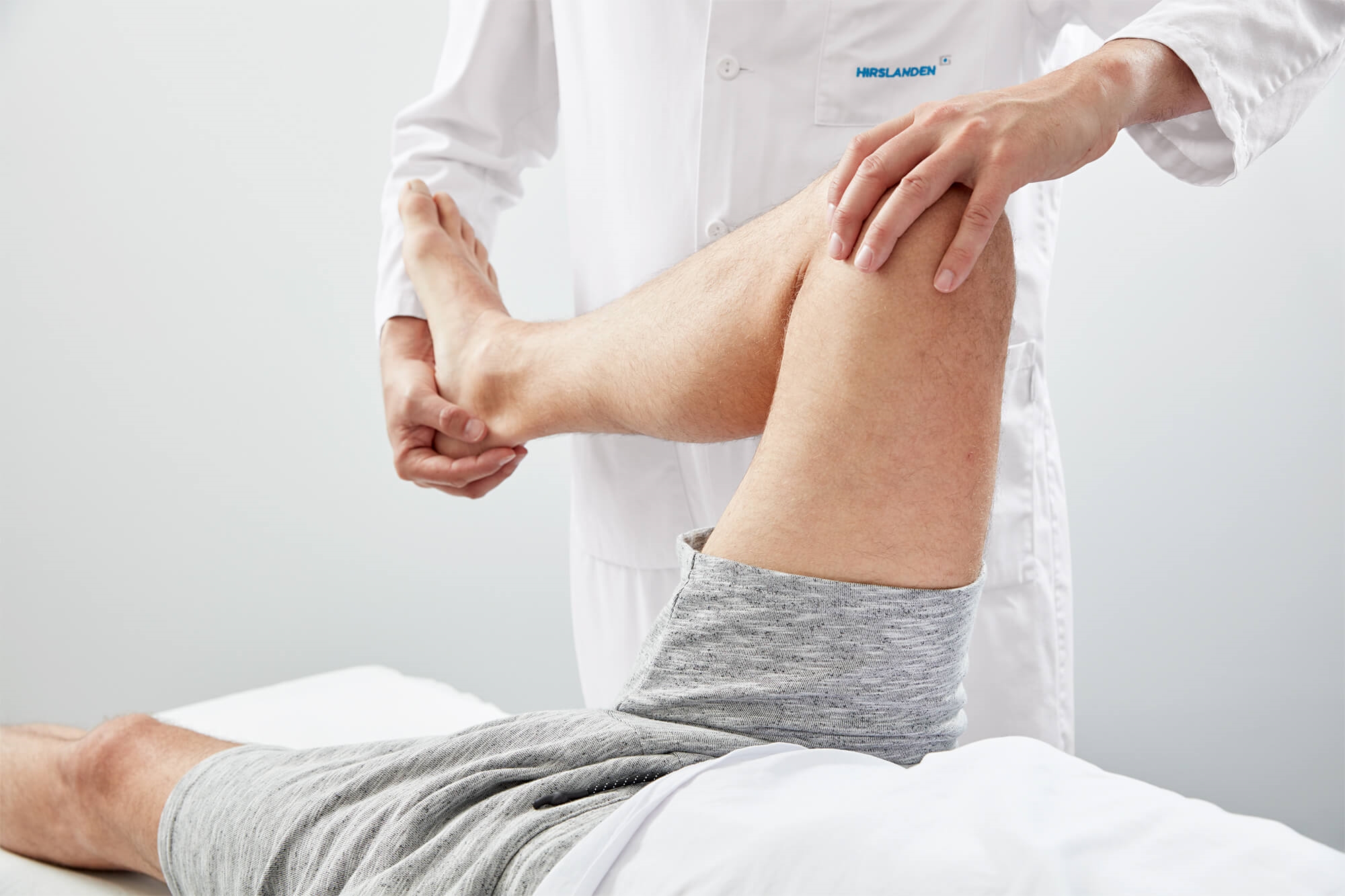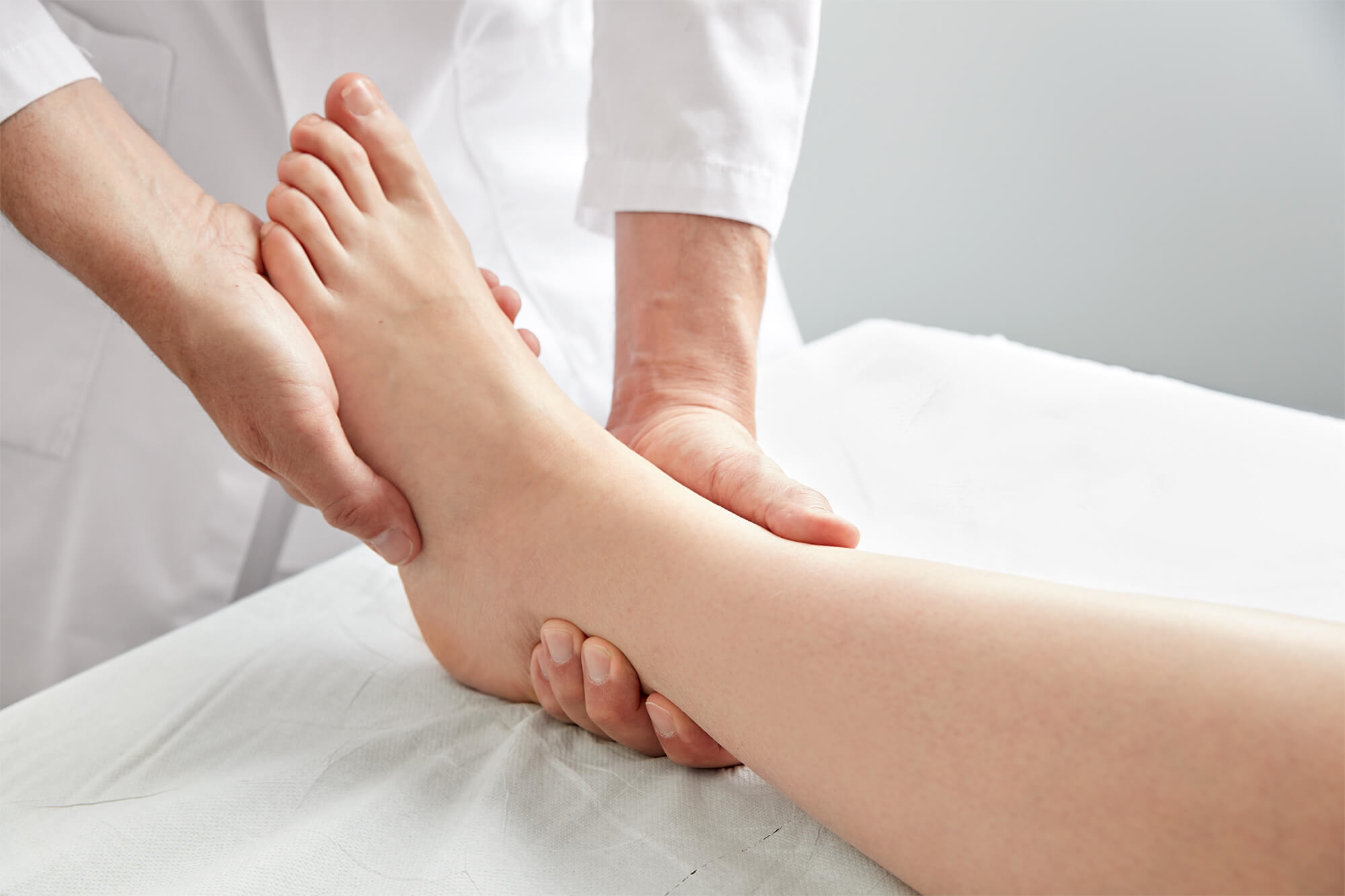Bienvenue sur le site dédié à l’Hallux Limitus Fonctionnel (HLF)
Fruit de plus de vingt ans de recherche clinique, d’observations chirurgicales et d’expériences de terrain, ce site s’inscrit dans la démarche scientifique et pédagogique portée par Medicol et le Centre Orthopédique d’Ouchy. Vous y trouverez des contenus validés par des experts internationaux, des publications scientifiques, des vidéos de conférences et de nombreuses ressources en libre accès.
Diagnostic
L’Hallux Limitus Fonctionnel (FHL) est une pathologie qui touche plus de la moitié de la population et qui est la conséquence de l’impossibilité du libre coulissement du tendon long fléchisseur du gros orteil (ou hallux) en arrière de la cheville (dans le tunnel rétro talien). Ce dysfonctionnement se manifeste par une tension excessive telle une corde tendue sous la voûte plantaire.

L'effet papillon
Ainsi, nos travaux ont démontré que bon nombre de pathologies de l’appareil locomoteur sont la conséquence de sollicitations mécaniques accrues liées à ce dysfonctionnement.
Elles s’expriment par des surcharges articulaires ou musculaires, un manque de stabilité ou des mécanismes de compensation.
Pourquoi le HLF? La réponse est dans nos origines.
La problématique de l’hallux limitus fonctionnel est en lien avec l’évolution de notre espèce. L’habitus aquatique de nos ancêtres à la fois nageurs et marcheurs explique en partie l’importance de la stabilisation postérieure du tendon du long fléchisseur de l’hallux à l’arrière du talus. Aujourd’hui, on constate une augmentation de la taille moyenne des individus et de la longueur de leurs pieds. Cette tendance prédispose à l’hallux limitus fonctionnel chez l’homme moderne avec toutes ses conséquences.
La bipédie originelle
Medicol propose une interview de l’anthropologue Yvette Deloison qui présente une théorie nouvelle sur l’évolution basée sur la bipèdie originelle. Auteure de « la préhistoire du piéton », elle explique dans ce livre notre différence avec la lignée des australopithèques et pourquoi ils ne peuvent pas être nos ancêtres. Yvette Deloison décrit le proto-hominoïde à l’origine de notre lignée comme un bipède vivant dans un milieu semi-aquatique. La découverte d’empreintes fossiles en Crète remontant à plus de 5 millions d’années vient corroborer sa thèse sur nos origines et cette opinion soutenue par d’éminents spécialistes n’a jamais pu être démentie à ce jour.
Vous êtes un praticien intéressé par le FHL?
Fournir une plate-forme unique pour rassembler les principaux professionnels de la santé suisses et internationaux, tels que les chirurgiens orthopédistes, les podiatres, les physiothérapeutes, les médecins ostéopathes, ainsi que divers membres de l'industrie de la santé internationale et de la communauté orthopédique mondiale. Bâtir des bases scientifiques solides grâce à l'échange de connaissances et d'expertise en matière de pathologie du FHL. Fournir un environnement convivial et hospitalier qui encouragera des discussions scientifiques couvrant un large éventail de sujets liés à l'Hallux Limitus Fonctionnel .

FHL Study group membership
En étant membre vous aurez accès aux dernières actualités et la possibilité de poser des questions à des experts sur le sujet du FHL.
Témoignages
Eliane G., opérée du HLF






